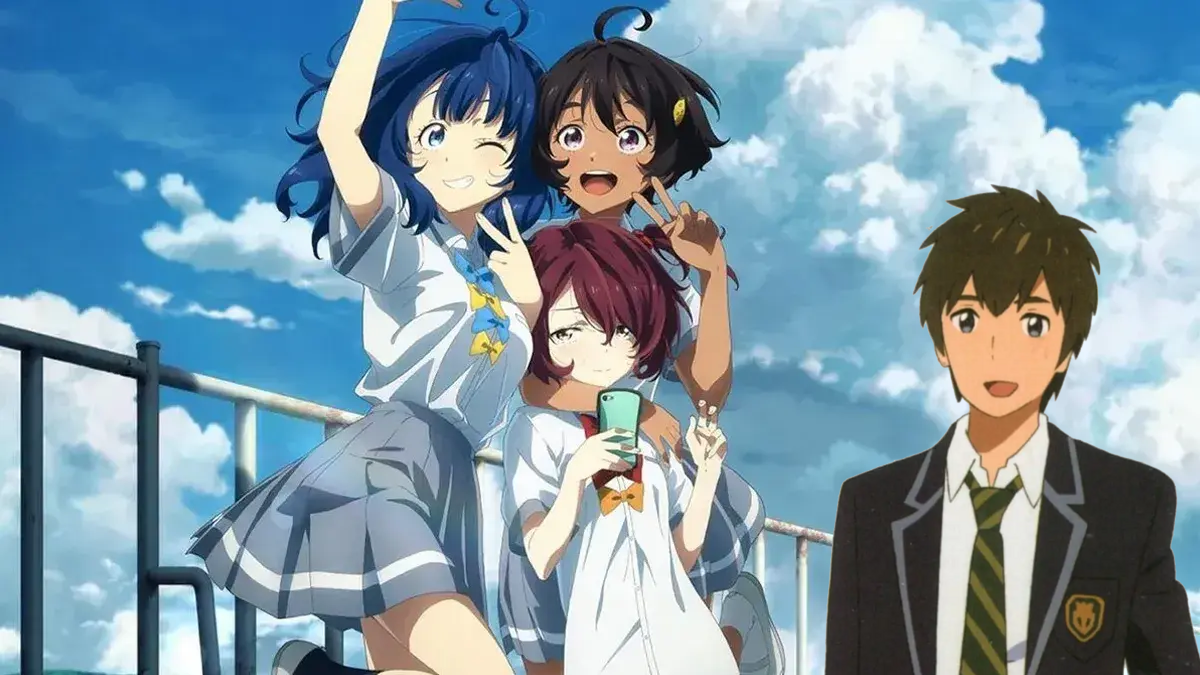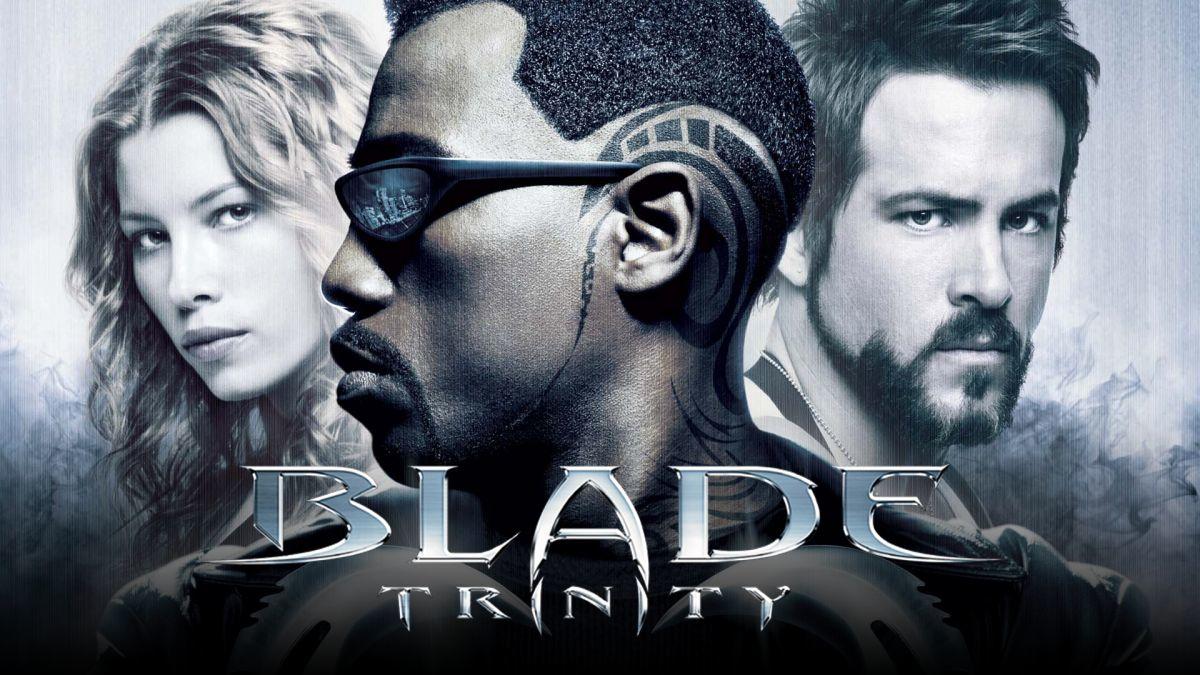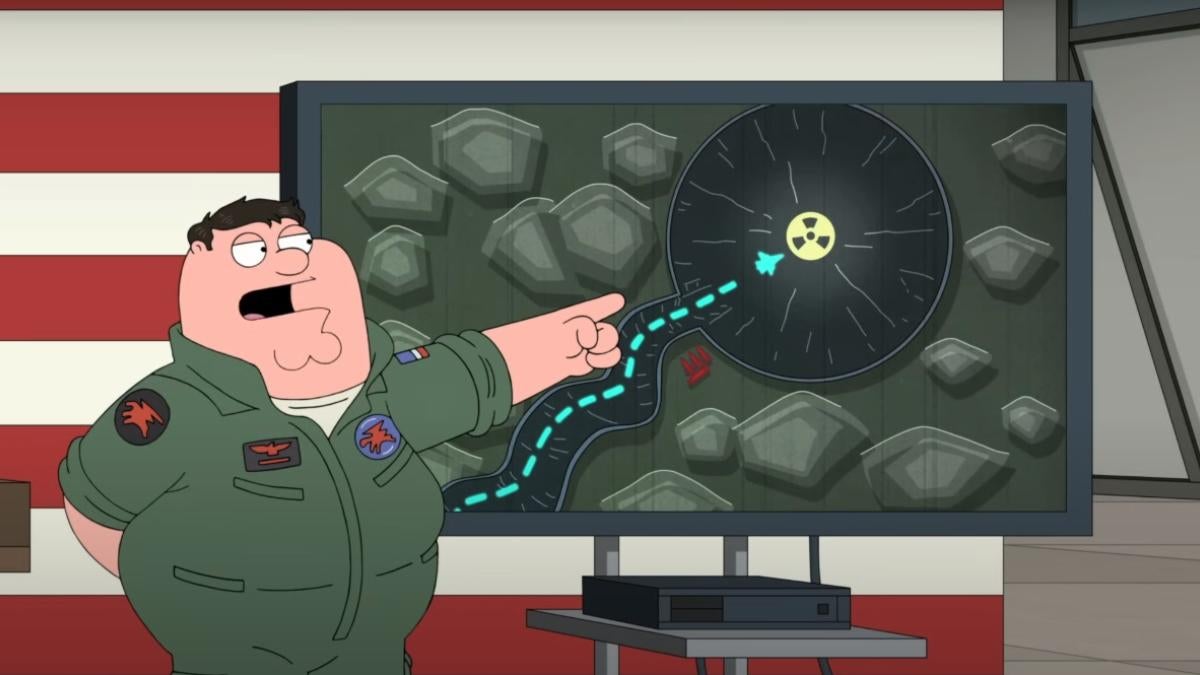REVIEW: Hellboy: The Black Sun Makes the Familiar Feel Fresh
The ending of Hellboy’s story is a known quantity, but Mike Mignola isn’t done telling Hellboy [...]
The ending of Hellboy's story is a known quantity, but Mike Mignola isn't done telling Hellboy stories.
Using the gap between Hellboy's discovery during World War II and his first appearance in "Seed of Destruction", Mignola and co-writer Chris Roberson are detailing how Hellboy came to be the man comics readers know and love. This period provides them with a lot of freedom, able to explore new settings and ideas that were left out of the original Hellboy stories. In "The Black Sun" the story is moved to Antarctica in 1954, in a tale that riffs on its own mythos without ever reading as predictable.
If there's an obvious influence in "The Black Sun" it doesn't come from Hellboy lore though, but that of American horror films. Antarctica is famously the setting of John Carpenter's The Thing and it's a comparison this comic does not duck away from. Scientists huddled together in a remote setting, racial tension, a mysterious, twisted beast: all of that is here and more. Mignola and Roberson admire the elements that make The Thing great without allowing their homage to devolve into parody or ripoff though. This remains a Hellboy story with the monsters and motivations rooted in Hellboy's universe. The shared components remain as nods that fans of both properties will appreciate, without requiring a knowledge of either to engage the story.
Roberson's inclusion in plotting Hellboy stories shows a knack for what makes the character work. His hardheaded approach to problems where his right fist is a hammer and anything out of the ordinary a nail maintains both its humor and charm. What really sings about "The Black Sun" though is its final panel, in a twist that feels like classic Hellboy without being obvious even as you turn the page. There's nothing new or innovative to the narrative, but it still reads as being an enjoyable addition to this extensive narrative. Elements from previous Hellboy and the B.P.R.D. mini-series are included, while their many elements are remixed to keep readers guessing while turning pages.

What makes the first issue of "The Black Sun" really pop is the introduction of new Dark Horse artist Stephen Green. Green's style fits into the carefully curated Mignola-verse, with recognizable characters and monsters. However, his use of inks mark him as someone with visual sensibilities to watch out for. Hellboy's facial expressions are subtle, but always clear. Green pushes the character's jaw or cheek bones just enough to mark him as questioning or charmed. When in close up small details like teeth or sideburns are imperfect in a deeply humanizing way. It's clear how long the big, red guy has had since a shave and that he never had braces.
The smallness of those details shouldn't undermine what Green can do with a set piece. One particularly claustrophobic sequence towards the end of the issue is framed exceedingly well, and when the settings sprawl he provides a very clear sense of space. Colorist Dave Stewart helps to highlight the enormity of these moments as well. He utilizes bright reds and whites against dulls greys and browns to contrast the key objects in any splash panel.
This new installment of Hellboy and the B.P.R.D. is every bit as enjoyable as those that preceded it and for the same reasons. It's like catching up with an old friend. You know a lot of what to expect, but a few new elements and changes make you glad you're catching a beer. It's a great way to spend a half hour, especially when you consider someone like Green's career in comics may just be beginning. This may not be can't miss comics, but you certainly shouldn't consider dismissing it.
Grade: B




